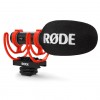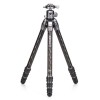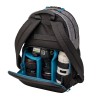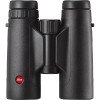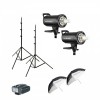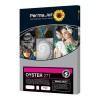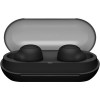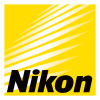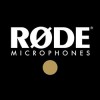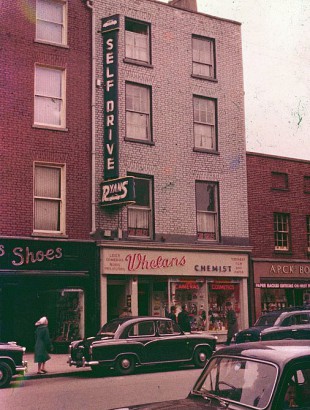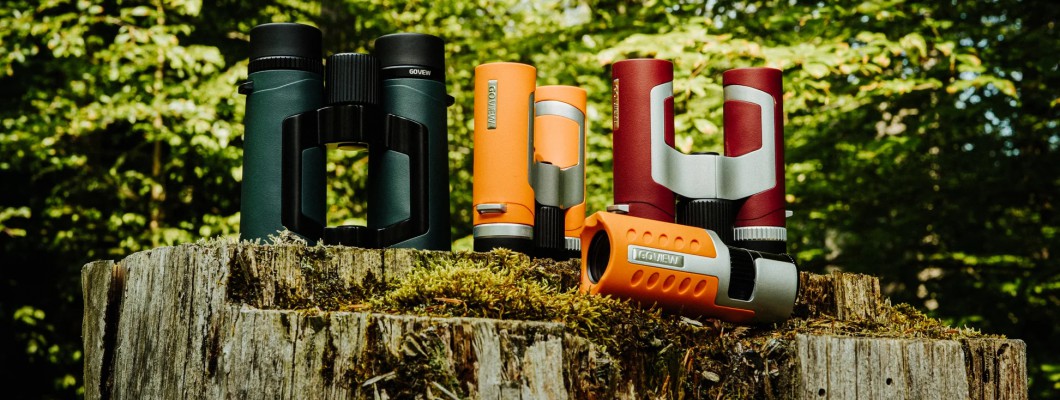
Choosing the Right Binoculars: A Comprehensive Guide
Binoculars are invaluable tools for outdoor enthusiasts, birdwatchers, hunters, and even casual observers. With a wide range of options available, selecting the perfect pair can be a daunting task. However, by understanding key factors such as magnification, lens coatings, light transmission, and the twilight factor, you can make an informed decision that suits your specific needs and preferences.
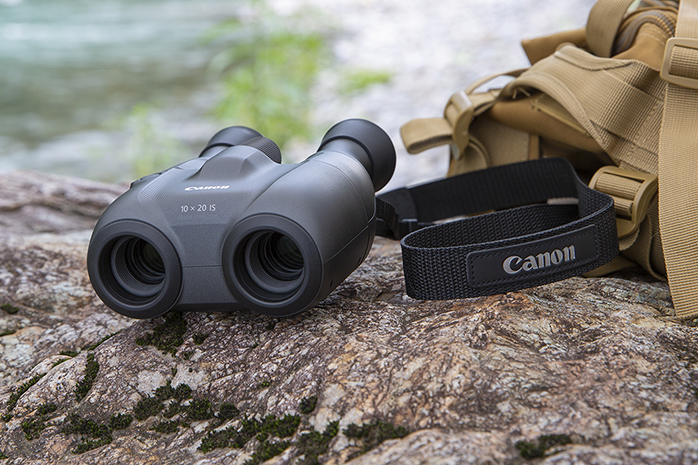
1. Magnification and Objective Lens Diameter
Magnification and objective lens diameter are two fundamental specifications to consider when purchasing binoculars. For example, a pair of binoculars labeled as "8x42" means they magnify objects eight times and have an objective lens diameter of 42mm. Higher magnification allows for closer views, but it can also result in a narrower field of view and shakier images, especially without stabilization features. Larger objective lenses capture more light, leading to brighter images, particularly in low-light conditions, but they also increase the size and weight of the binoculars.
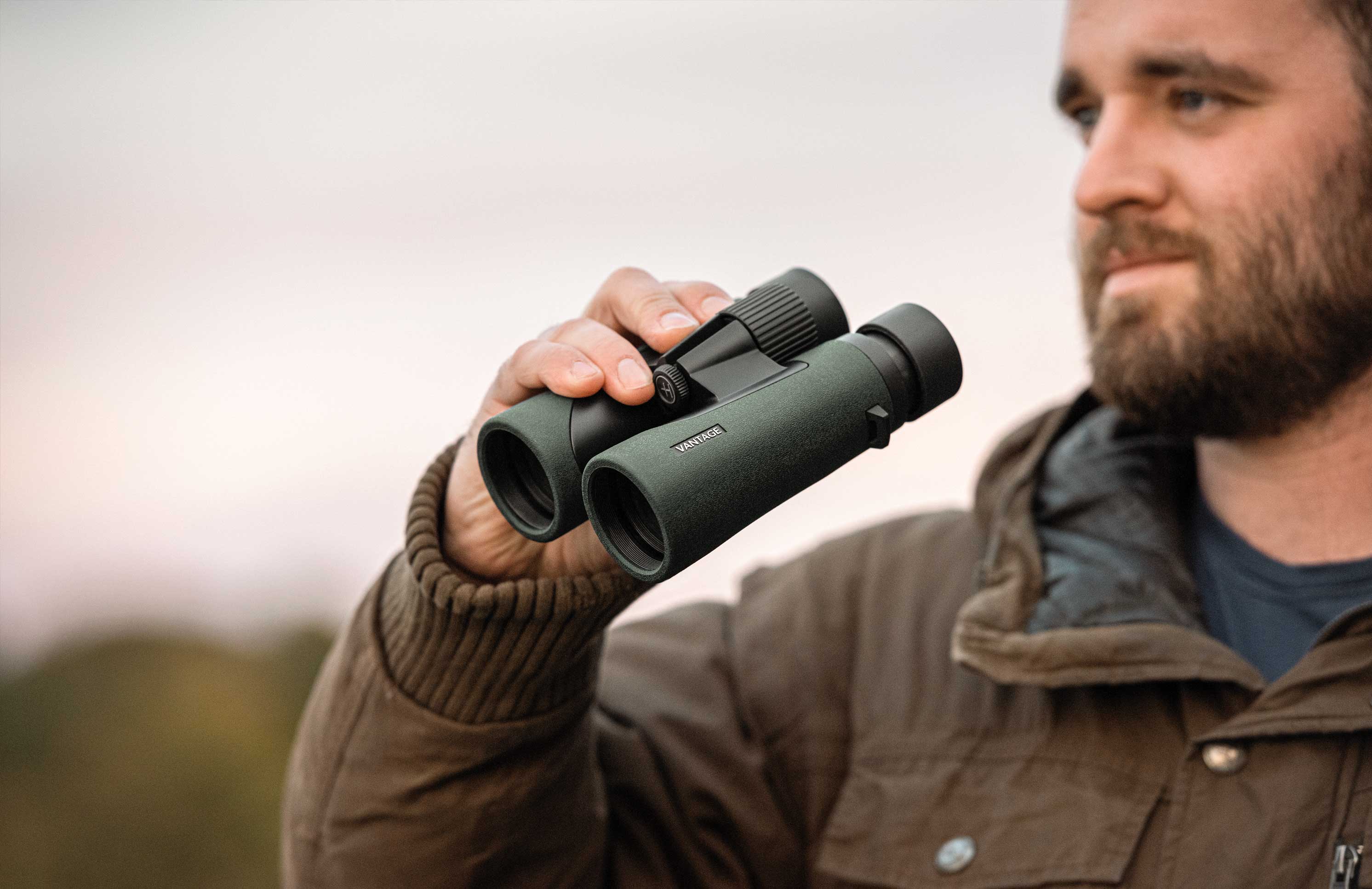
2. Lens Coatings
Lens coatings play a crucial role in enhancing image quality by reducing glare, increasing light transmission, and improving contrast. There are several types of coatings:
Coated: A single layer of anti-reflective coating on at least one lens surface.
Fully Coated: All air-to-glass surfaces have a single layer of coating.
Multi-Coated: Multiple layers of coatings on some surfaces for improved light transmission.
Fully Multi-Coated: All air-to-glass surfaces are coated with multiple layers, offering the highest level of light transmission and image clarity.
Opting for binoculars with fully multi-coated lenses ensures superior performance, especially in challenging lighting conditions.
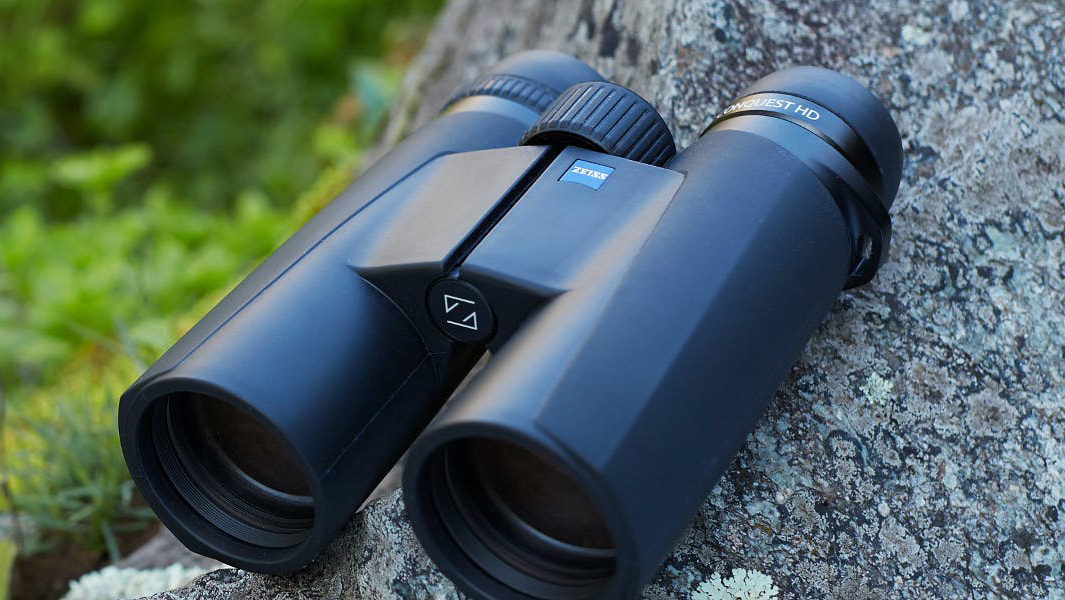
3. Prism Type
Binoculars use prisms to correct the orientation of the image and reduce the overall size of the device. The two most common prism types are Porro and roof prisms:
Porro Prisms: Traditionally found in classic binocular designs, Porro prisms offer excellent depth perception and a wider field of view.
Roof Prisms: Roof prisms result in a more compact and streamlined design, making them popular for modern binoculars. They often feature phase-correction coatings to improve image contrast and clarity.
Consider your preferences for size, weight, and optical performance when choosing between Porro and roof prism binoculars.
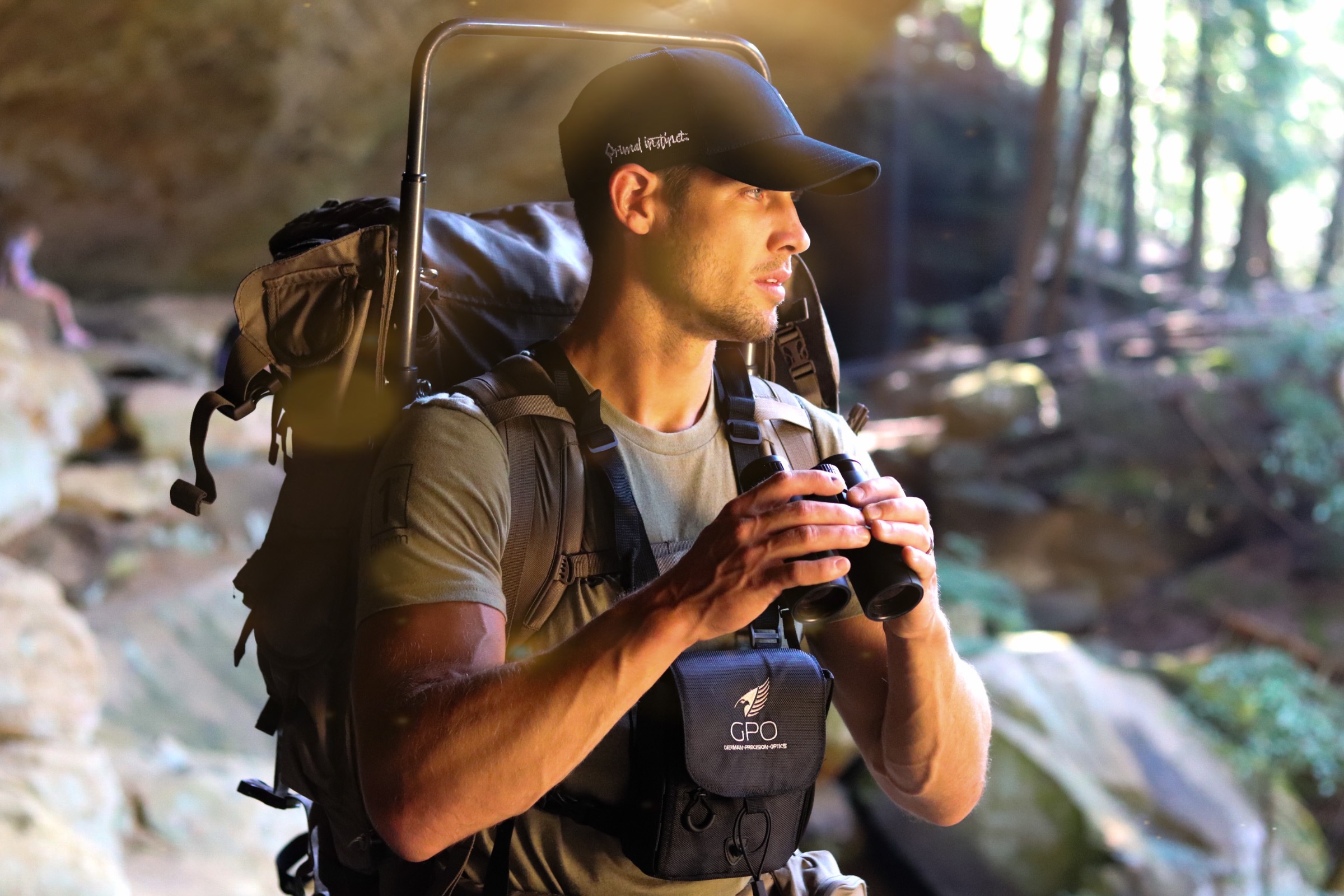
4. Twilight Factor
Twilight factor indicates the ability of binoculars to gather light in low-light conditions, such as dawn or dusk. It is calculated by taking the square root of the product of magnification and objective lens diameter. A higher twilight factor implies better performance in low-light situations. However, remember that twilight factor alone does not determine image quality, as other factors like lens coatings and optical design also influence low-light performance.
5. Field of View
Field of view (FOV) refers to the width of the area visible through the binoculars at a specific distance. A wider FOV allows for easier tracking of moving objects and provides a more immersive viewing experience. However, higher magnification often results in a narrower FOV. Consider your intended use—whether for birdwatching, wildlife observation, or stargazing—and choose binoculars with an appropriate FOV for your needs.
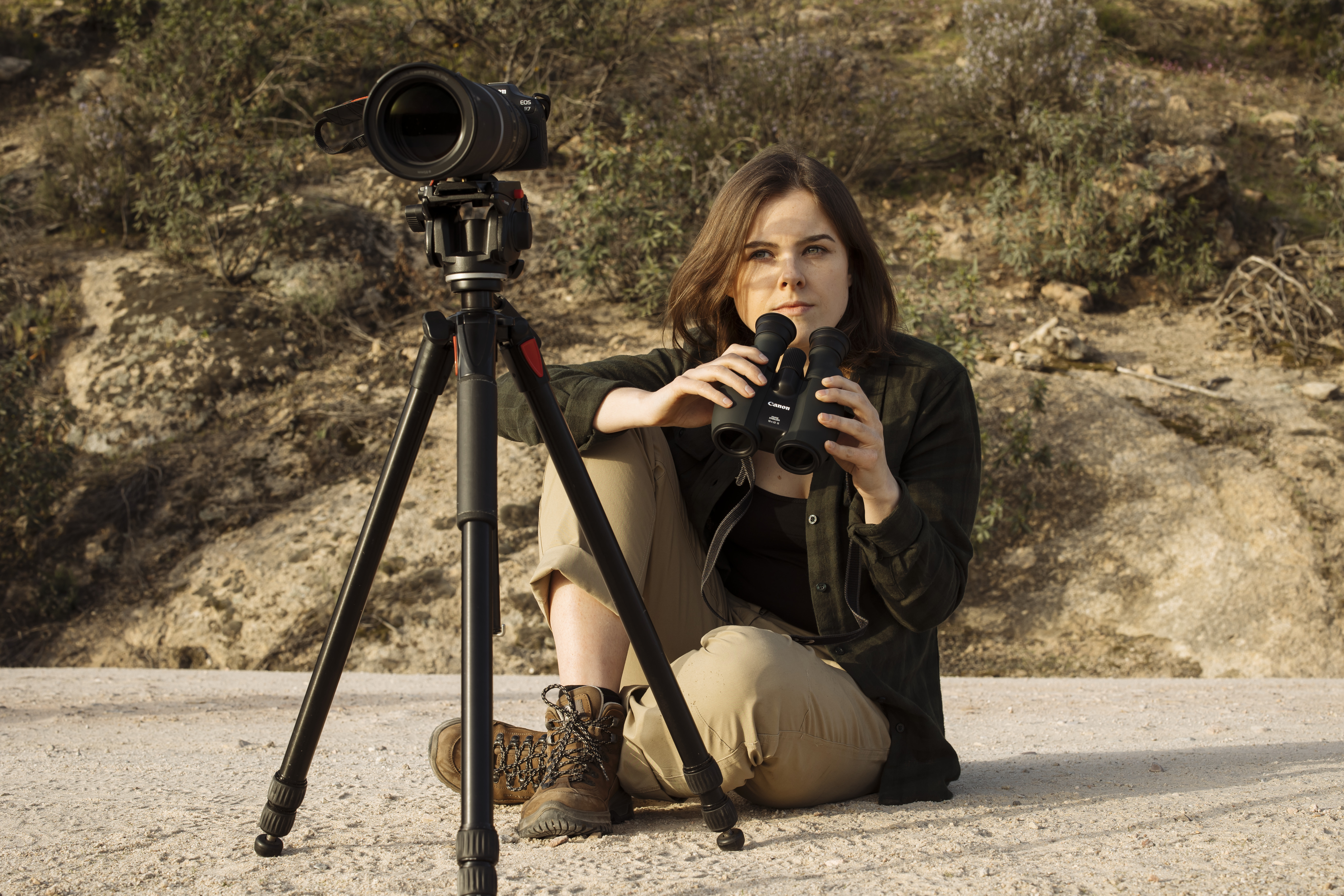
6. Eye Relief and Exit Pupil
Eye relief is the distance between the eyepiece and your eye when the entire field of view is visible. Longer eye relief is beneficial for eyeglass wearers, as it allows them to maintain a comfortable viewing distance. Exit pupil refers to the diameter of the shaft of light exiting the eyepiece. A larger exit pupil provides brighter images, particularly in low-light conditions. To calculate the exit pupil, divide the objective lens diameter by the magnification (e.g., 42mm objective lens ÷ 8x magnification = 5.25mm exit pupil).
7. Waterproofing and Durability
If you plan to use your binoculars in harsh weather conditions or near water, opt for models with waterproof and fog-proof construction. Look for binoculars with O-ring seals and nitrogen or argon purging to prevent internal fogging and moisture damage. Additionally, choose binoculars with a durable exterior that can withstand impacts and rough handling during outdoor activities.
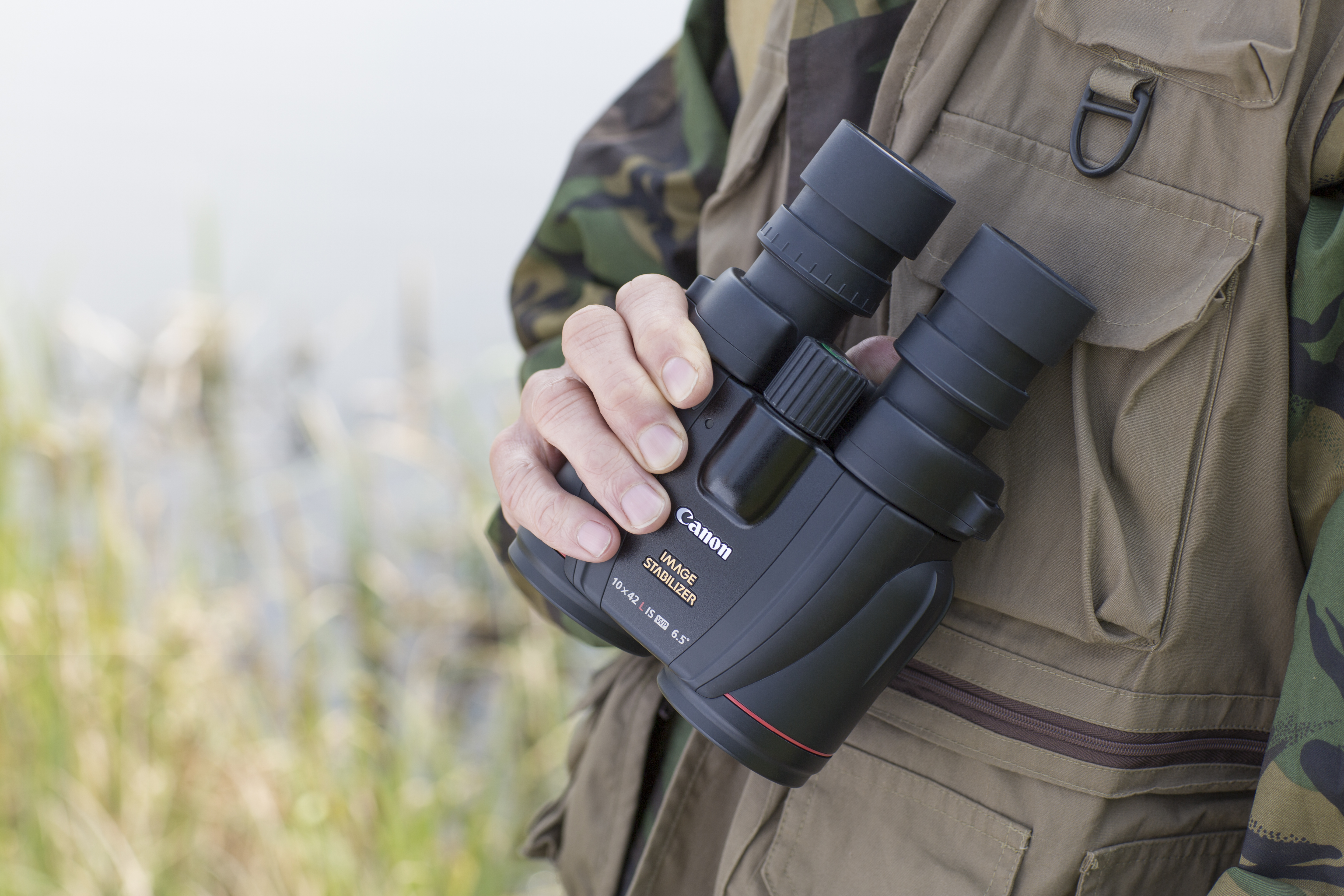
8. Budget Considerations
Binocular prices can vary significantly based on factors such as magnification, lens quality, and additional features like image stabilization or rangefinding capabilities. Set a budget based on your requirements and prioritize features that are essential for your intended use. Remember that investing in high-quality binoculars is a long-term investment in your outdoor enjoyment and observation experiences.
Conclusion
Selecting the right pair of binoculars involves considering multiple factors, including magnification, lens coatings, prism type, twilight factor, field of view, eye relief, waterproofing, and budget constraints. By evaluating these factors in relation to your specific needs and preferences, you can choose binoculars that enhance your outdoor adventures, wildlife observation, birdwatching, or stargazing experiences. Whether you're a seasoned enthusiast or a beginner, investing in quality binoculars will undoubtedly enrich your exploration of the natural world.

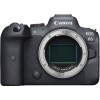
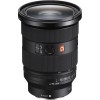
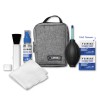
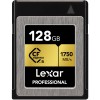
-100x100.jpg)
-100x100.jpg)
